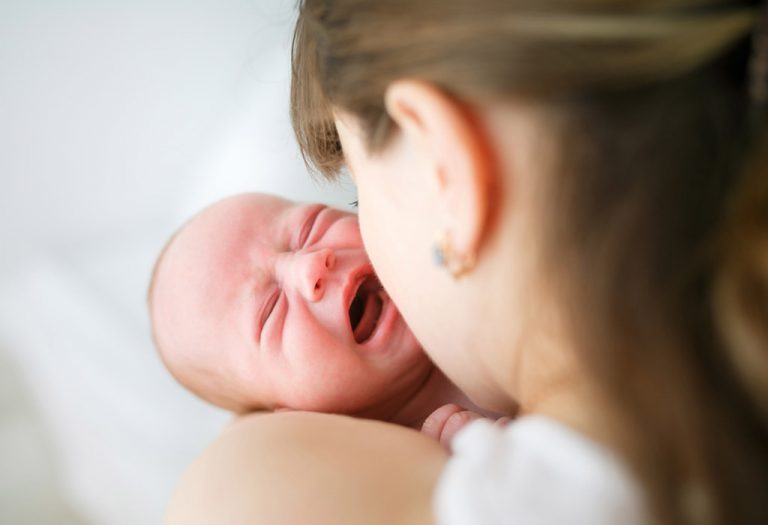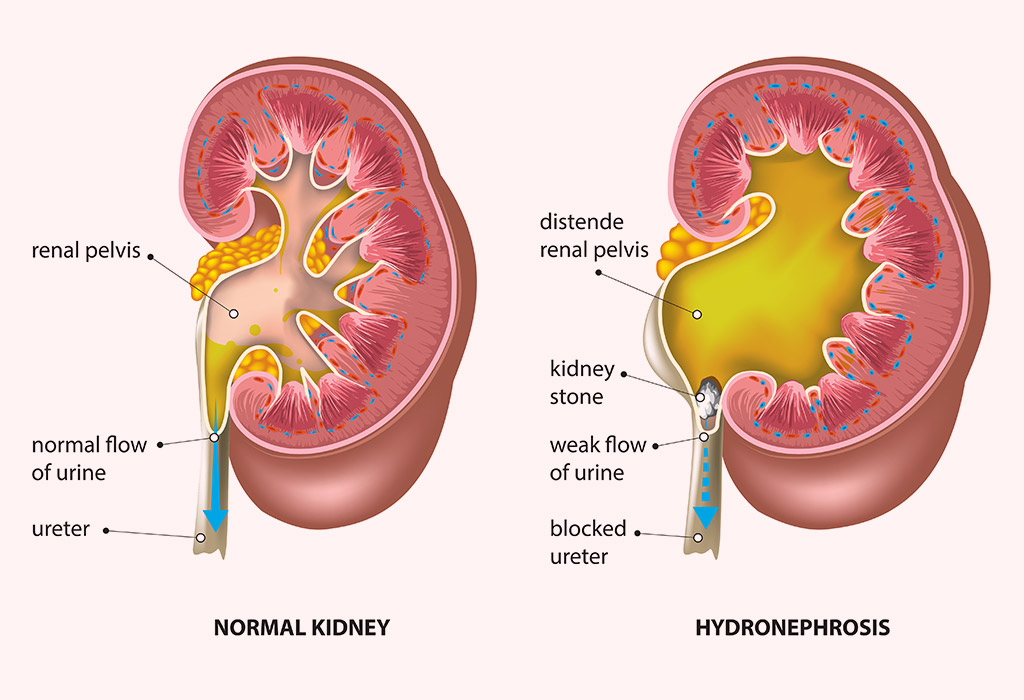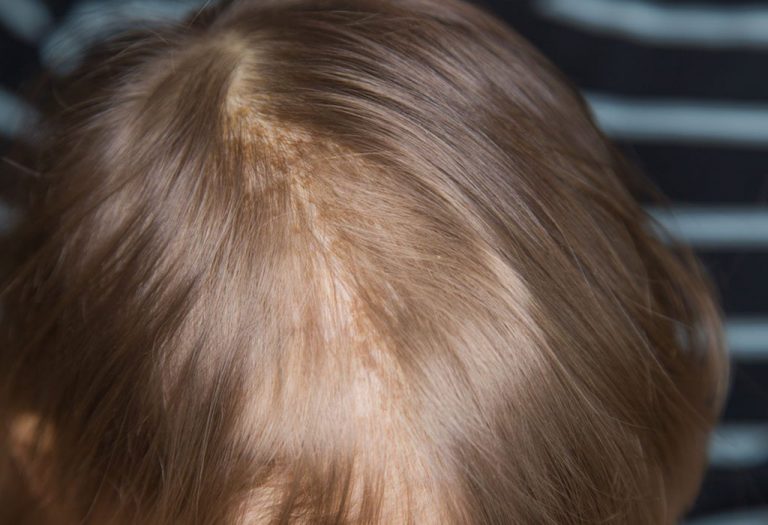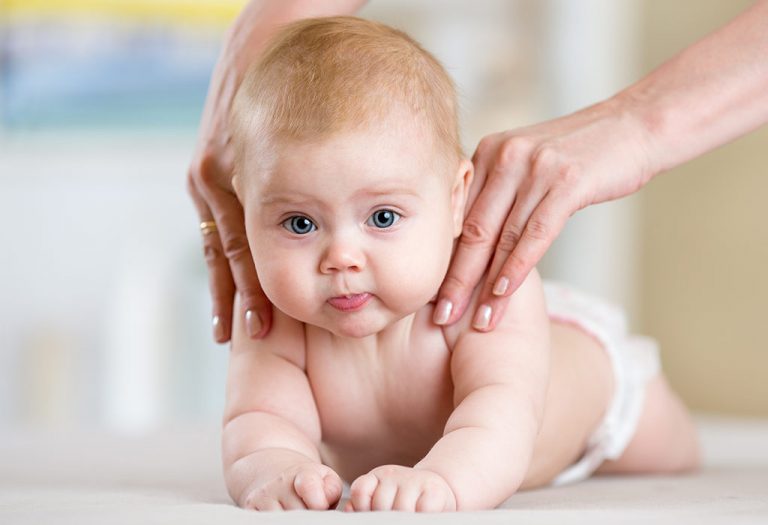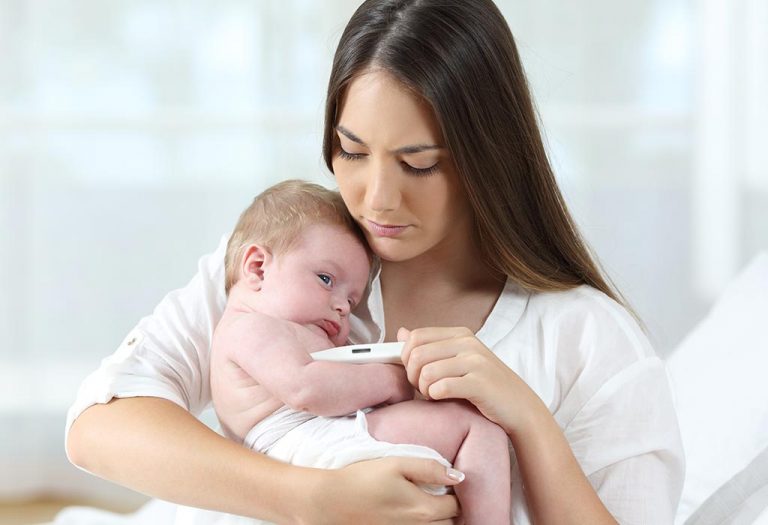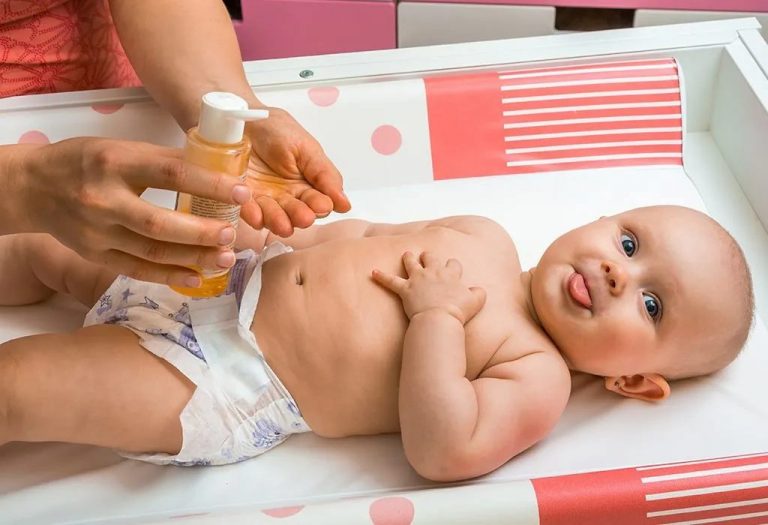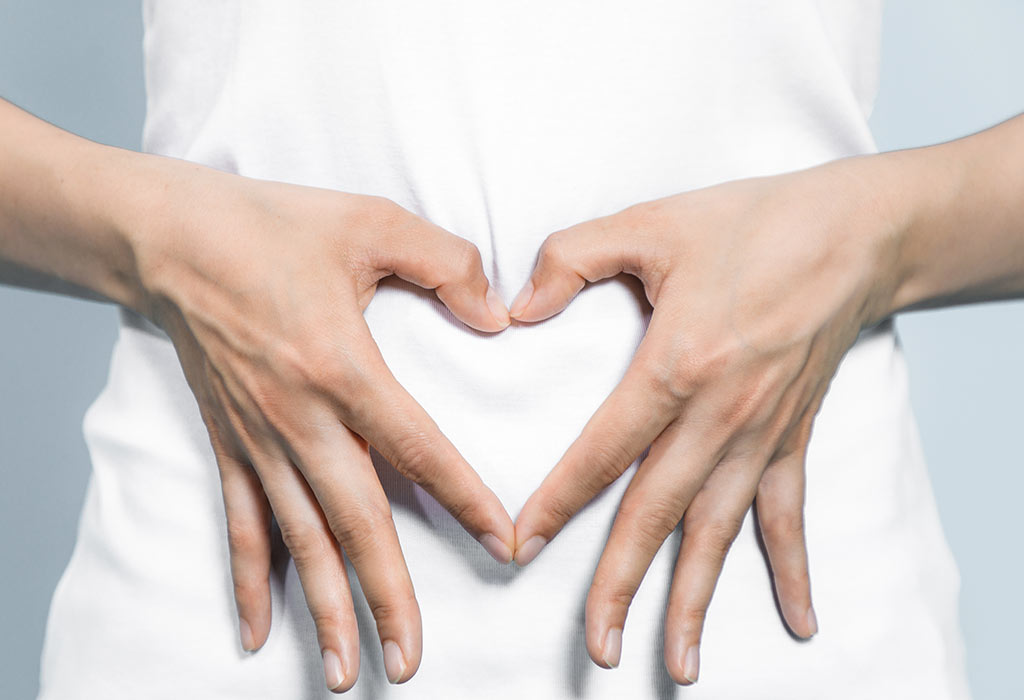Hydronephrosis in Infants: Causes, Symptoms, and Treatment

Hydronephrosis can be an extremely painful condition of the renal system, and can affect anyone, including babies. If your baby seems irritable or cries when urinating, it is best that you consult your paediatrician. One of the reasons your baby cried while peeing could be hydronephrosis in infants. It is a health condition that can happen due to several underlying conditions that obstruct or reverse the flow of urine to the kidneys. This condition is frequently detected during prenatal ultrasounds and should not be ignored, as it can have harmful effects on the child’s health. Let’s take an in-depth look at hydronephrosis.
What Is Hydronephrosis?
Hydronephrosis is a medical condition affecting the renal system, where urine cannot be discharged, resulting in pain during urination. The urine moves back towards the kidneys, causing swelling and pressure on the kidney tissue. The blockage is usually located in the ureter. Ureters are the tubes that connect the kidneys to the bladder. In babies, it is caused mostly by a congenital disease (a disease present from birth) of the renal system. The disease can affect one or both kidneys. The latter is known as bilateral hydronephrosis in infants, and this too can be mild to moderate to severe (1).
How Common Is Hydronephrosis in Newborns?
Hydronephrosis is one of the most frequently detected conditions during prenatal ultrasounds. It occurs in about 1–5% of all pregnancies (2). In many cases, the condition is mild and resolves on its own after birth. However, persistent or severe cases may require monitoring and treatment to prevent long-term kidney damage.
Different Stages of Hydronephrosis in Babies
Hydronephrosis in infants is graded based on the extent of swelling in the kidney, usually detected through ultrasound. The Society for Fetal Urology (SFU) grading system is widely used.
- Grade 1: Mild dilation of the renal pelvis without calyceal involvement.
- Grade 2: Dilation extends into a few calyces, but kidney function remains normal.
- Grade 3: All calyces are dilated, and the kidney begins to show early signs of swelling.
- Grade 4: Severe dilation with thinning of kidney tissue, indicating possible kidney function impairment.
- Grade 5 (sometimes classified): Extensive swelling with significant kidney tissue damage.
Causes of Hydronephrosis in Infants
There are many reasons why your child could be suffering from this ailment, apart from it being congenital hydronephrosis. These can be any of the following:
- One of the main causes of hydronephrosis is the presence of kidney stones. If the stones are too large, it may lead to the blockage of the ureter, resulting in the accumulation of urine that will eventually cause swelling in the kidneys. This condition is called Ureteropelvic Junction (UPJ) Obstruction (3).
- Hydronephrosis can be caused by the presence of a tumour or cyst, which presses against the ureter, causing a blockage.
- Another leading cause is the presence of blood clots or scar tissue. Scarring is generally not observed in babies unless they have had some renal damage before.
- Some babies are naturally born with narrow ureters. In such cases, the ureter is more susceptible to blockages.
- Vesicoureteral Reflux (VUR) is a condition where urine flows backwards from the bladder to the kidneys (4).
- Nearby structures, such as blood vessels, can press against the ureter and cause obstruction.
Symptoms of Hydronephrosis in Babies
Hydronephrosis symptoms aren’t usually noticeable, so the condition is generally detected during investigations conducted for other reasons (5). Hydronephrosis symptoms in a baby boy and a baby girl are usually the same during the newborn stage. Some of these symptoms include (6):
- Crying during urination, which can be indicative of pain
- Pain in the lower abdomen, which can be observed if your baby cries when you gently palpate or press on the region
- Swelling in the abdomen
- Blood in the urine
- Urination that is more frequent than usual
Keep in mind that the longer this condition remains untreated, the worse the symptoms will appear to be. So, look out for these signs, and if you notice any, get in touch with your paediatrician for treatment as soon as possible.
One of the most common side effects of hydronephrosis is the development of urinary tract infections or UTIs (7). Some common symptoms of this infection are:
- Back pain
- Fever
- Cloudy urine
- Nausea in older children
- Vomiting
- Pain when urinating indicated via crying or irritability
Diagnosis
Since hydronephrosis is not a disease in itself, but rather a condition caused by other factors, the diagnosis is two-pronged. The first step would be to establish that the condition exists in your baby. The second step would be to determine what is causing the blockage.
The diagnosis of the condition can be done during your pregnancy or after.
1. Prenatal Testing
During your pregnancy, hydronephrosis is usually diagnosed through your regular prenatal ultrasound checkup. If the size of your child’s kidneys as well as the level of amniotic fluid seem to suggest that something could be wrong, then your doctor will have you come in for more checkups to monitor the health of your baby’s kidneys.
2. Postnatal Testing
Doctors have advanced tools and tests at their disposal, which can accurately diagnose issues plaguing your baby’s kidneys. They might recommend one, multiple, or all the tests below to identify the issue (8):
- Renal Ultrasound (RUS): This ultrasound is focused directly over the renal system of your baby, to give the doctor a better and complete picture of the condition of the kidneys.
- Voiding Cystourethrogram (VCUG): In this test, a liquid dye is injected into your baby’s bladder using a catheter. Once your baby urinates, the flow of the dye will be picked up via an X-ray.
- Renal Scan (MAG 3): This test involves injecting a small amount of radioisotope into your baby’s bloodstream. As it finds its way into the renal system, a special gamma camera will take pictures of the radioisotope. With this test, the doctor will be able to compare the functioning of both kidneys, while also determining the extent of the blockage.
Treatment of Hydronephrosis in Infants
The nature and method of the treatment of the hydronephrosis in newborns will depend on the stage or type of hydronephrosis in your baby. Some of the options for treatment are:
- Foetal intervention: If the condition of the kidneys and the rest of the renal system looks to be critical, then your doctor will want to intervene at that time itself. This will include neonatal surgery and maternal-foetal medicine.
- Observation: In cases of a mild to moderate condition of hydronephrosis, the paediatrician will recommend that the best line of treatment would be to simply observe the renal system as it corrects itself. Your baby might, at most, get a low dosage of antibiotics, which will prevent any infection of the urinary tract.
- Surgery: Your doctor will recommend surgery to correct hydronephrosis only in the most severe cases. There are a number of surgeries that could be done, such as kidney stone removal if kidney stones are causing the blockage. One of the most common surgeries is pyeloplasty, wherein the portion of the ureter with the blockage is removed.
Complications of Hydronephrosis in Infants
If hydronephrosis is left untreated or is given improper medical care, your baby’s kidneys could get severely damaged. Apart from the kidneys stopping their regular function of filtering blood, removing toxins, excreting waste, regulating RBCs, and facilitating urination, they can also become infected or sustain permanent damage (1).
There are cases where the baby continues to suffer from hydronephrosis, and the prognosis is bleak even after timely medical intervention.
Caring a Baby After Hydronephrosis Surgery
Recovery after surgery for hydronephrosis, such as pyeloplasty, requires careful attention from parents. Proper care ensures a faster healing process and reduces the risk of complications.
- Follow the Medication Schedule: Administer prescribed antibiotics or pain medications to your hydronephrosis infant on time to prevent infection and alleviate discomfort.
- Maintain Hygiene: Keep the surgical area clean and dry, following your doctor’s instructions.
- Monitor Urine Output: Keep track of the baby’s urination frequency and colour to ensure normal kidney function.
- Have a Good Fluid Intake: Adequate hydration helps flush bacteria and supports kidney recovery.
- Attend Follow-Up Appointments: Regular checkups and ultrasounds are essential to monitor healing progress.
- Watch for Warning Signs: Report fever, swelling, or difficulty urinating to the doctor immediately.
- Provide Comfort: Ensure your baby rests well and avoid pressure on the surgical site.
FAQs
1. Can hydronephrosis in infants resolve on its own?
Yes, mild cases of Antenatal hydronephrosis often improve without treatment as the baby grows either during pregnancy or after birth. Many cases don’t usually need treatment (9). Regular monitoring through ultrasounds is usually recommended.
2. Is hydronephrosis more common in boys or girls?
Hydronephrosis is more common in boys, especially when caused by posterior urethral valves, which occur only in males.
3. Does hydronephrosis always require surgery?
No, surgery is only needed in severe cases. Many mild to moderate cases resolve naturally or with minimal intervention.
4. Can hydronephrosis affect kidney function long-term?
If untreated, severe hydronephrosis may damage the kidney. Early diagnosis and proper care usually prevent permanent harm.
Hydronephrosis is a condition of the renal system that can cause serious complications, apart from just causing pain. In order to avoid critical and severe cases of hydropnephrosis, it is advisable that you immediately seek the advice of your paediatrician as soon as you spot the first few signs. Keep in mind that most cases of congenital hydronephrosis can get resolved on its own, and there is no need to rush to surgery unless recommended by the doctor. Make sure you get all the required tests done on time, and be diligent in keeping appointments with the paediatrician.
Also Read:
Blue Lips in Newborn
Epstein Pearls in Infants
Cerebral Palsy in Babies
Pyloric Stenosis in Babies
Was This Article Helpful?
Parenting is a huge responsibility, for you as a caregiver, but also for us as a parenting content platform. We understand that and take our responsibility of creating credible content seriously. FirstCry Parenting articles are written and published only after extensive research using factually sound references to deliver quality content that is accurate, validated by experts, and completely reliable. To understand how we go about creating content that is credible, read our editorial policy here.
1. Cleveland Clinic – Hydronephrosis
2. Children’s Health – Pediatric hydronephrosis
3. American Academy of Pediatrics – Antenatal Hydronephrosis
4. Children’s National – Pediatric Hydronephrosis
5. London Children’s Surgery – Hydronephrosis
6. Boston Children’s Hospital – Hydronephrosis
7. NIDDK – Hydronephrosis in Newborns
8. National Kidney Foundation – Your Child Has Hydronephrosis






